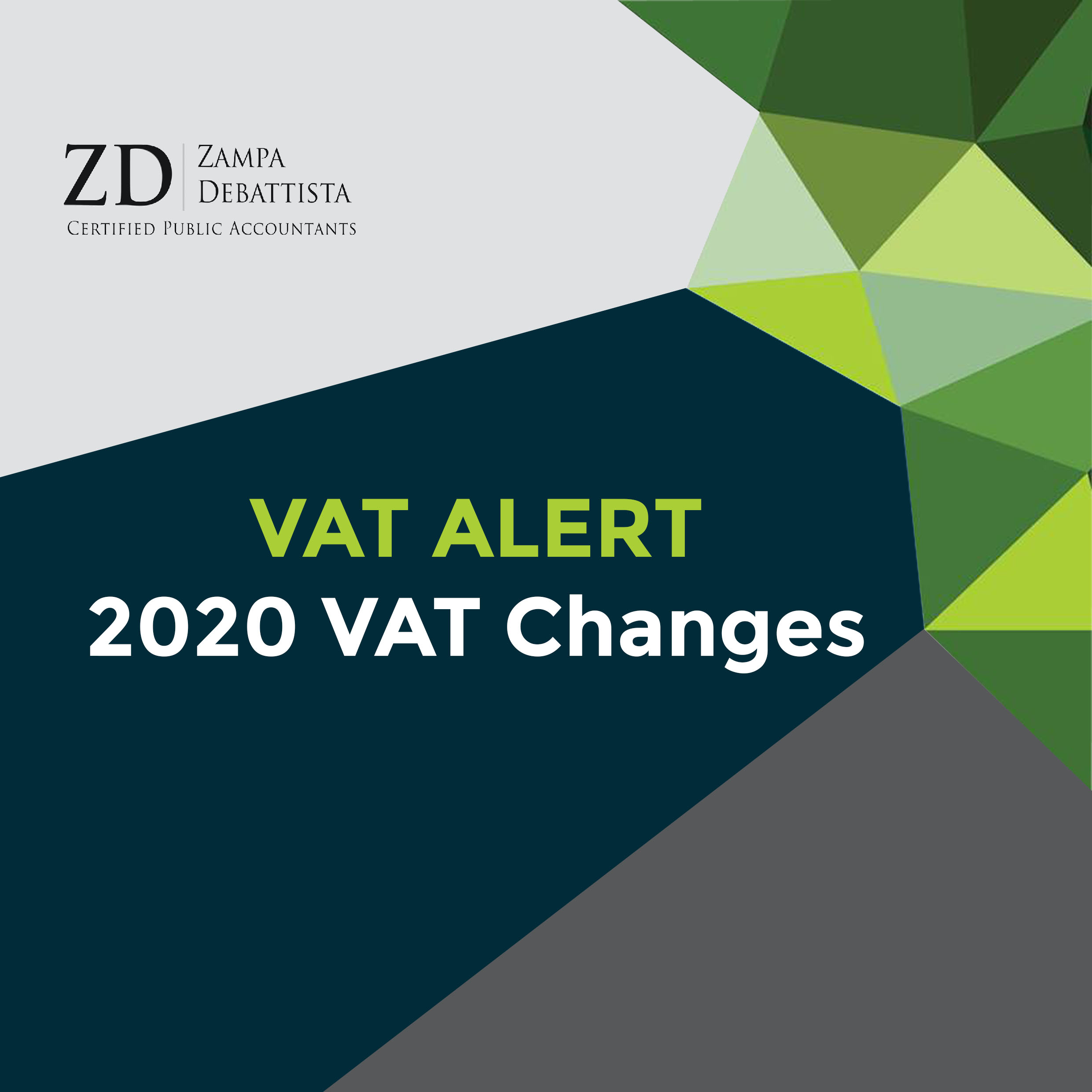When the clock chimed at midnight on the last day of 2019, fireworks were let off welcoming 2020 and the new decade. At exactly the same moment, a number of changes to the EU VAT Directive kicked in, changes which may have an implication on your business. Are you aware of such changes and their potential impact on your business? Are you ready to implement them?
The changes, referred to as the 2020 Quick Fixes, provide for the following simplification measures:
- Legal certainty re call-off stock arrangements
- Chain transactions
- Legal solidification of the VAT Identification number
- Harmonised proof for intra-Community transport of goods
Under the new call-off stock arrangements, a taxable person may dispatch/transport goods as stock to another Member State for an intended acquirer without being required to be identified for VAT in the Member State where the transport ends. The simplification may be applicable to the extent that the identity and VAT identification number of the customer who has the right to take goods out of this stock at his own discretion, are known before the dispatch or transport of the goods begins. Subject to meeting the set conditions, the intra-community supply and intra-community acquisition will be postponed to the time when the acquirer takes possession of the goods.
The new provision concerning chain transactions, namely successive supplies of the same goods but subject to a single intra-Community transport between two Member States, addresses the hitherto complicated issue of which of the supplies in the chain is the intra-Community transport to be ascribed. Determining which supply is being made with or without transport is key to identifying the Member State in which the transaction falls to be taxed.
Under the new VAT Identification number provision, the communication of a valid VAT identification number by the customer has become a substantive condition for the VAT exemption of the intra-Community supply in the Member State where the dispatch/transport of the goods begins, to apply.
Finally, the new rule concerning proof of transport required for the exemption of the intra-Community supply to apply, lays down the conditions to be met by the person transporting the goods, including the two pieces of non-contradictory information (and a declaration in the case of goods transported by the customer), for a Member State to presume that the goods where actually dispatched from and transported to a destination outside its territory but in another Member State.
In case you require further information or need assistance on how to implement the new rules kindly contact Matthew Zampa mz@zampadebattista.com or Charles Vella cv@zampadebattista.com



